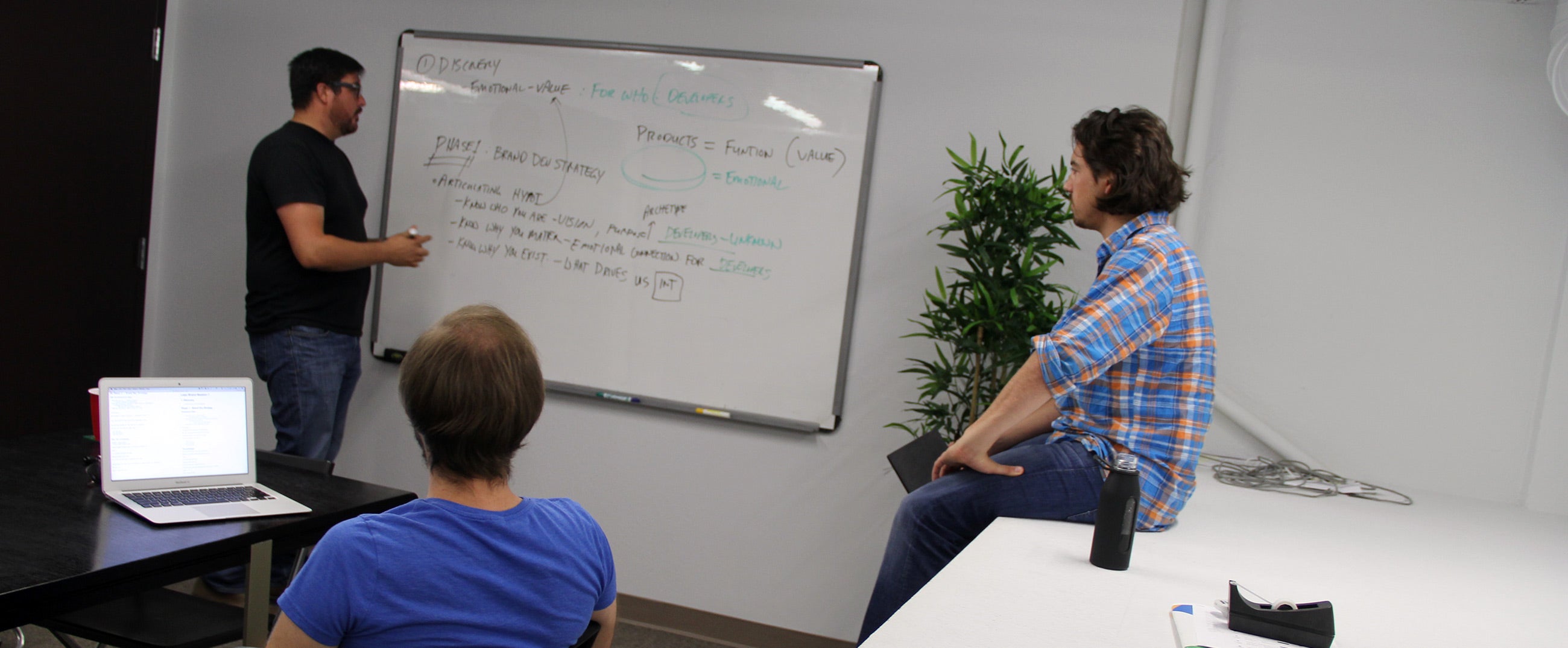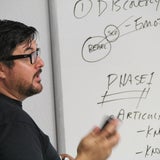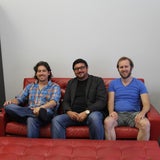The Lean Brand Session 1: Branding a product with the Lean Brand Methodology
Jeremiah Gardner lets us into his approach on branding
10.3.2013
Jeremiah Gardner's company and Zesty both had tents at large public event. We each had speaking spots on our respective studies. During Jeremiah's speech on branding, we offered up Zesty as a branding case study for Jeremiah's new book, The Lean Brand. Myself, Andy, and Jeremiah had lunch the following week which lead to our first meeting of a series, which I'll be blog documenting.
Product is about function.
Everything outside of function is emotion.
— Jeremiah Gardner
Discovery of Emotional Value
This where it starts, understanding who you are and why you exist. Jeremiah laid out three phases for us to achieve this understanding.
Phase 1: Articulating the Hypothosis
Know who we are in the eyes of our customers. In Zesty's case, in the eyes of developers. This comes down to narrowing down our target market and creating personas for them. This process is internal. This starts by understand three key aspects about ourselves and our product.
- Who we are targeting
- Why do we matter
- Why do we exist
Phase 2: Hypothesize and Experiment
In this phase Jeremiah is having us come up with a few hypotheses of how our target market will perceive us. Yeah, just like 7th grade chemistry class, let's light those trash cans on fire! Once we have our hypotheses, we need to experiment them. We will experiment with each of our personas. This entails sourcing real people as potential targets that matches a persona and pitching them. Learn what sticks and what does not. Rinse and repeat until our experiments validate with our hypothesis.
Phase 3: The Pitch
Jeremiah has a formula to discover the pitch based on results from phases one and two.
Validations + Minimum Viable Artifacts = Pitch.
What the hell are minimum viable artifacts? I guess you will have to read his book when it comes out to learn more.
Concluding thoughts
It's almost impossible to see your own product or service with the same clarity that you can see others. So even experts, when it comes to our own work, should call in an outside perspective. We'd be foolish not to, and that was made clear during our meeting. Jeremiah's approach was refreshing. His method forces us to understand what we have been building for the last 3 years, and why we dedicated our lives to this project. We made Zesty for ourselves, the developers. As we continued to further develop Zesty, we recognized how Zesty is such a helpful tool for businesses with little web tech knowledge. Zesty is a tool for developers and businesses in return love to work with it. Just a little bit of outside perspective from an expert will take you a long way. I'm excited for the next meeting.
Continue the next session: The Lean Brand Session 2: Personas and Competition or view all the lean brand sessions
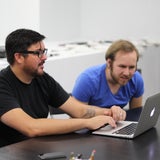
After a quick product tour, Andy sits by as Jeremiah takes the reigns using Zesty for the first time.

You can see the wheels turning in my head as Jeremiah continues to use Zesty on his first run. It's invaluable to watch someone use your product. Shortly after Jay started his whiteboard session.
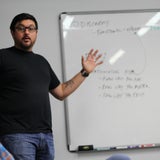
Jeremiah's whiteboard session was about a two hour journey of note taking and diagraming
